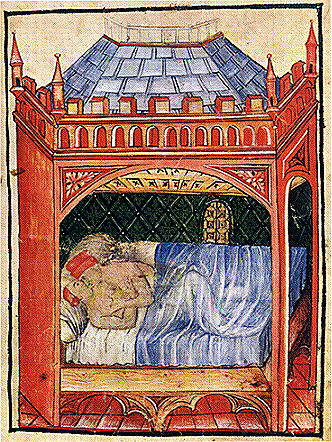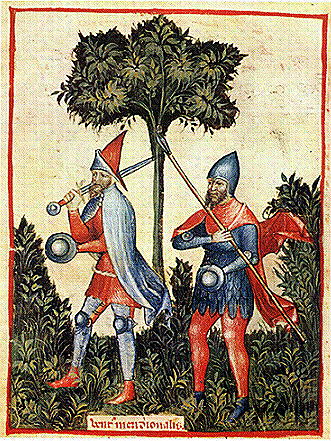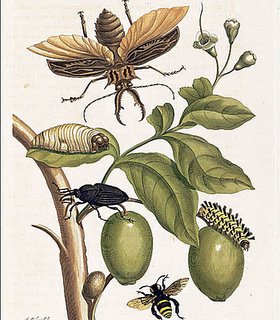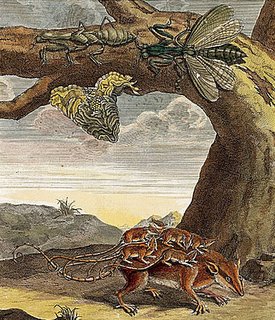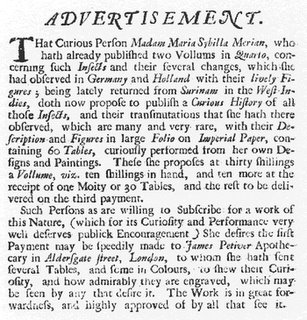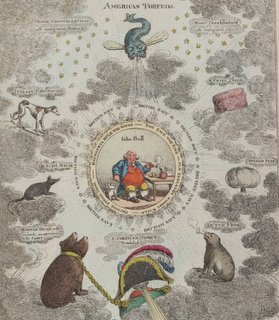


"Vo régardez Milady" ~1828

"-Qué diable, Monsieur, on né récule pas comme ça.
-Oh! Je suis brave à ma manière,…j'avance en reculant"

"Récréation"
 Jean Ignace Isidore Gérard (pseudonym JJ Grandville) (1803-1847) received artistic instruction from his painter father and moved to Paris from Nancy where he received some success with the publication of a couple of sets of lithographs. Widespread acclaim followed the 1828 publication of "Les Métamorphoses du Jour" (bottom 3 images above), a series of 72 lithographic plates which were both a biting satire of the social times and a kind of a prefiguring of surrealism, with the anthropomorphizing of animals. Later he produced Les Fleurs Animées (top 2 images above) with the absurdist combination of the plant world with humans.
Jean Ignace Isidore Gérard (pseudonym JJ Grandville) (1803-1847) received artistic instruction from his painter father and moved to Paris from Nancy where he received some success with the publication of a couple of sets of lithographs. Widespread acclaim followed the 1828 publication of "Les Métamorphoses du Jour" (bottom 3 images above), a series of 72 lithographic plates which were both a biting satire of the social times and a kind of a prefiguring of surrealism, with the anthropomorphizing of animals. Later he produced Les Fleurs Animées (top 2 images above) with the absurdist combination of the plant world with humans.Grandville produced a large number of caricatures for periodical publications of the day and took up book illustration when journalistic cartooning was outlawed in the mid-1830s. He died in a psychiatric asylum after his child had choked to death beside him eating bread.
- Galerie Troncin-Denis in Nancy has by far the largest display (that I could find) of Grandville lithographs -- particularly from Les Métamorphoses du Jour and Les Fleurs Animées. (14 pages)
- There are a few illustrations here at philographikon from Les Métamorphoses du Jour that aren't at the Nancy site
- Davidson Galleries has some smallish but clear images.
- 2 more from Les Fleurs Animéesat the Dictionnaire du Illustrateurs (1/2 way down page)
- Book illustrations for Gulliver's Travels
- The Juggler of the Worlds.
- Apocalypse du Ballet.
- Concert a la Vapeur.
- Un Autre Monde.
- Fishing. (This looks like Grandville's work but I can't verify it)
- This German site displays what might be regarded as the darker side of Grandville (I did read in passing that his work grew less 'happy' later on and although this site looks reasonably legitimate, some of the images seem very removed from the majority that I came across - so I don't guarantee it)
- If you like this sort of stuff, go see The Empire of Vegetables at Giornale Nuovo about the work of Varin and de Gonet from the early 20th century.

Addit: I should have guessed. I just accidentally discovered that the magical Missouri Botanical Gardens via their illustratedgarden.org website have both volumes of Les Fleurs Animées online (incidentally, edited by Gabriel de Gonet). Those links go directly to the list of illustrations from each volume. [And now at Botanicus too]
